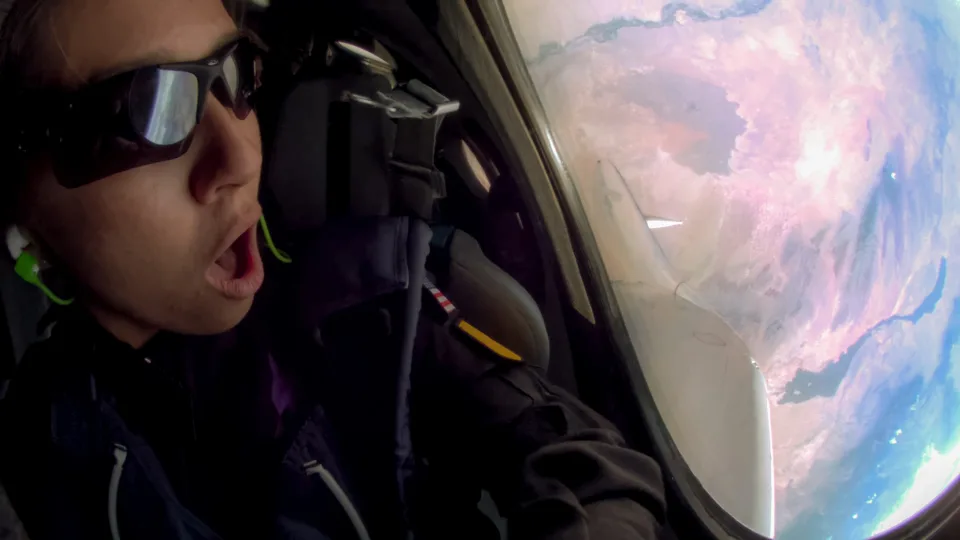Virgin Galactic’s Historic Flight: A New Era for Space Tourism?

It has been six years since Sir Richard Branson promised suborbital space tourism, and last Friday, Virgin Galactic finally managed its first space tourism flight with four paying passengers and two operational members.
This mission is a historical one in that it opens up space tourism as a viable industry in the future with the hopes of eventually revolutionizing it.
Virginia’s commercial space-flight, VSS Unity, was launched from Spaceport America in New Mexico, using its carrier aircraft, VMS Eve.
Finally, VSS Unity separated, and its rocket engine was fired to make the passengers fly past the altitude of the earth and look at the planet momentarily in weightlessness. They were then left with great scenic views of the planet, and before they entered the dense atmosphere, they landed very smoothly.
This was a successful flight after Virgin Galactic had embarked on research, development, and testing for several years.

Proprieted by Richard Branson, a billionaire tycoon, the company has had a dream of making space tourism for everyone a possibility. Branson himself even embarked on a test flight in July 2021, which went a long way in cementing Virgin Galactic’s stand on this audacious vision.
This, being the first space tourism mission, achieved the intended objective of inspiring many individuals as much as the general public awaits the subsequent missions.
Virgin Galactic has a list of hundreds of people who are already lined up and ready to be part of the program that would convey to them the actualities of space flight.
The company is expected to launch more flights in the months to come; for the time being, the company may or may not open the flight for bookings to the public.
Nevertheless, space tourism is still more of a novelty business that is rather expensive. Virgin Galactic is said to be asking around $ 450,000 per passenger, making such ventures unattainable to most individuals.
Also, the effects of these suborbital flights on the environment are not a joke and have to be well analyzed.
Nevertheless, the accomplishments Galactic’s lactic has achieved to date can be considered a big success. This illustrates the evolution of private companies and how they are likely to revolutionize conventional space travel.
This mission may be the opening for creating a more efficient and perhaps cheaper business of space tourism in the future.
It also increases people’s interest in space exploration, which in turn may spur additional development of new technologies and knowledge about space.
Thus, the future of space tourism is currently unpredictable, albeit the flight of Virgi Galactic marks the start of a new chapter.
In the unforeseeable future, as the space industry develops, we may witness that space travel is not an exclusively imperial domain but everybody’s dream.











